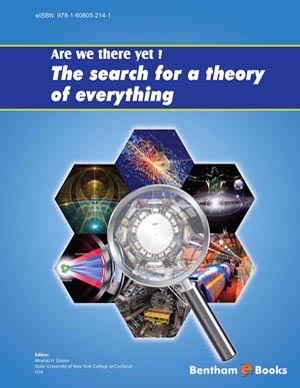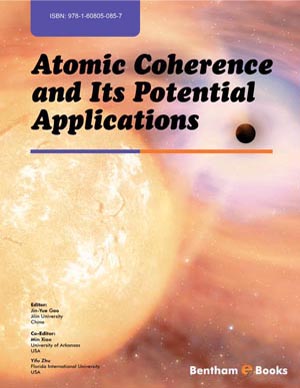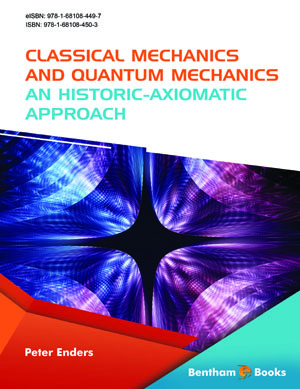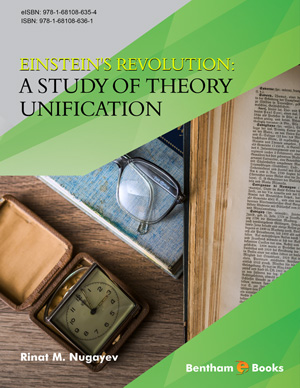Abstract
In this chapter, we present experimental results and modelings for a divided system constituted by a tank filled by spherical nodules heated or cooled by a fluid which passes through it. These nodules contain a phase change material as pure compounds or eutectics. The industrial application concerns the latent heat storage of the thermal energy. We present examples in the field of the sub-ambient storage, but our investigations might be extrapolated at other different levels of temperature. First, we describe the kinetics of phase transforms in the case of individual nodules and the role of an enhancement of the heat conductivity by adding divided carbon. We will notice some similitude with the emulsion because the supercooling phenomenon is also present in spite of the higher volume of phase change material. In the tanks, we will describe a kind of self-regulation. A simplified model, in case of the vertical flows, permits the description of the energy storage either in charge or in discharge mode and explains the self-regulation. The difference with the emulsions is that, due to a smaller supercooling, we must take into account the temperature field inside the nodule. The influence of characteristic parameters such as the flow rates of the fluid or the final inlet temperatures is detailed. The case of the horizontal tank where natural convection is concerned is evoked. Finally the case of incomplete discharge modes, often programmed, is described.
Keywords: Charge mode, discharge mode, experimental results, horizontal flow, latent energy storage, melting, modelings, spherical nodules, storage tank, supercooling, vertical flow.








.jpg)




